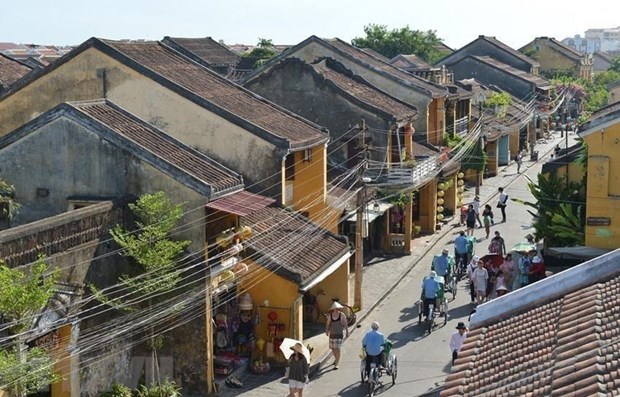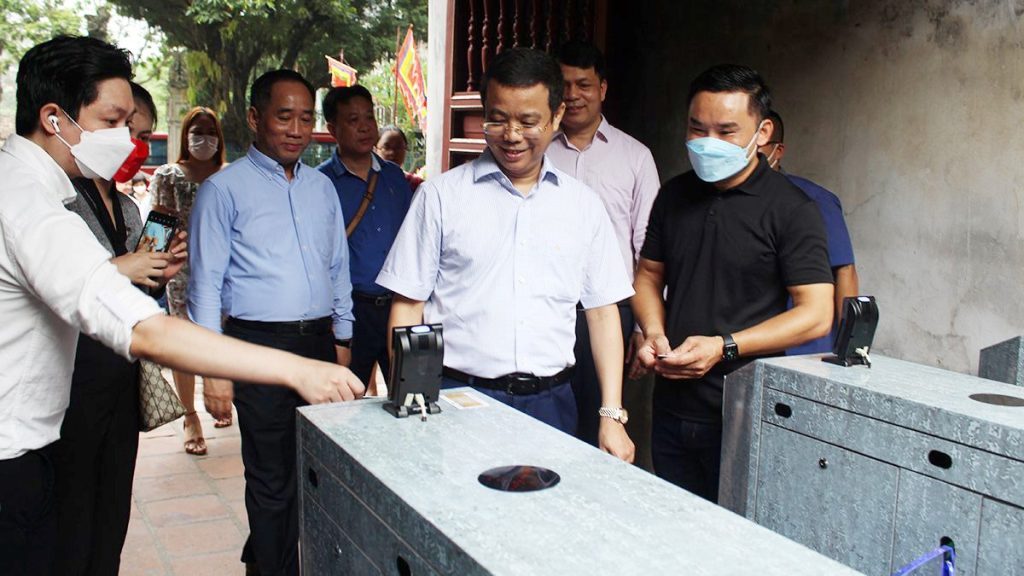(TITC) – Aware of the important of waste management, ASEAN Clean Tourist Standard requires cities to implement an efficient waste management plan including solid and liquid waste collection and treatment as well as awareness campaigns relating to this issue.
It is a fact that since the mid 20th century, the quantity of the waste around the world has increased remarkably (in conjunction with industrial development growth). The negative impact of industrial waste is a global. Even though the waste management and treatment systems at both global and national levels have faced various challenges of implementation, a simple and easily applied system must be implemented by the cities.
Waste management is referred to waste collection and storage. Waste is a consequence of the people’s activities fulfilling their daily needs. Waste management has the main objective of contributing to the reduction of negative impact on people’s health, on the environment and on the overall urban aesthetics.
Waste management mentions to liquid waste collection, solid waste collection, liquid waste storage and treatment, liquid waste storage and treatment, and recycling.
Liquid waste collection assesses the public organisation in place to collect liquid waste and measures the percentage of the population linked to the network that disposes of liquid waste. In areas where a network does not exist, it assesses how liquid waste is collected and how often.
Solid waste collection assesses the public organisation in place to collect solid waste and measures the percentage of the population linked to the network that disposes of solid waste (existence of a disposal area near where the population lives). In areas where a network does not exist, it assesses how solid waste is collected and how often.
Liquid waste storage and treatment assesses both the availability of storage areas for liquid waste that can be used by the general population through collection by the authorities and the availability of private storage equipment at tourist facilities (i.e. septic tanks) as well as the equipment available to treat the waste products (i.e. water treatment plants).
Solid waste storage and treatment assesses the availability of storage areas for solid waste that can be used by the general population and tourist firms through collection by the authorities (i.e. landfills). The methods used to treat solid waste are also evaluated (i.e. waste treatment and recycling plants, burning, burying…).
Recycling evaluates whether the local authority encourages recycling and whether there is a system in place to collect and recycle material. It also refers to the awareness of the importance of recycling among the local population and especially tourism service providers (hotels, restaurants, tour operators, etc.…).
The table below helps ASEAN cities to assessment the waste management.
| ASTE MANAGEMENT | Requirement of major criteria | Criteria | Evidence for criteria | Appraisal | Score |
| 1.Liquid waste collection | Quality of liquid waste collection | Is there a liquid waste collection system in the city? | Provide a map of existing liquid waste collection system | Yes No | |
| Is there any norm related to liquid waste collection? | Provide the existing norm related to liquid waste collection | Yes No | |||
| Is there any measures enforced to punish the violation of this norm? | Provide list of measures taken by relevant authorities to control this norm (by punishing any violation of this norm) | Yes No | |||
| What percentage of the city population is connected to the main drainage? | Provide : -the map of areas connected to the main drainage by indicating its covering surface – percentage of city population connected to the system | _______% (At least 70% of total to get a score) | |||
| What percentage of tourism facilities is connected to the main drainage? | Provide the map indicating tourism facilities which are connected to the main drainage and % of connected facilities | _______% (At least 70% of total to get a score) | |||
| Is there any complementary method used to dispose of liquid waste? | -Prove the existence of complementary method used to dispose of liquid waste -Provide the name of the authority/ institution in charge -Provide the frequency of collection and its covering surface/areas | Collective septic tanks Individual septic tanks Dry well (soakaway) No disposal system (No score | |||
| 2.Solid waste collection | Quality of solid waste collection | Does the municipality collect solid waste? | If the municipality collect solid waste, justify: -authority/organization in charge of collection -frequency of collection -covering surface/areas in the city | Yes No | |
| If no, how is solid waste collected? | Provide the contract signed with private company or other partner(s) to collect solid waste and its validity | Private company Other (i.e. NGO) (specify) | |||
| How often is solid waste collected? | Provide: -Authority in charge of solid waste collection -Schedule of solid waste collection, staffs and equipment | Once a day or more often (At least once a day to get a score) Less than once a day | |||
| What percentage of the city population is connected to the network that disposes of solid waste? | Provide : -the map of areas connected to the network by indicating its covering surface – percentage of city population connected to the network | _______% (At least 70% of total to get a score) | |||
| What percentage of tourism facilities is connected to the network that disposes of solid waste? | Provide the map indicating tourism facilities which are connected to the network and % of connected facilities | _______% (At least 70% to get a score) | |||
| Liquid waste storage and treatment | Quality of liquid waste storage and treatment | Is there a storage area for liquid waste that citizens of the city can use? | Provide a map indicating storage area for liquid waste in the city | Yes No | |
| Are there storage facilities near tourist areas (i.e. septic tanks)? | Detail the location and the number of storage facilities (i.e. septic tanks) near tourist areas and the schedule of collection | Yes No | |||
| Is there a treatment plant near the city? | Provide the map of the liquid waste treatment plant, if any, near the city and its technical specifications (capacity, etc.) | Yes No | |||
| 4.Solid waste storage and treatment | Quality of solid waste storage and treatment | Is there a waste disposal area near the city (i.e. landfill, incineration plant)? | Provide the map of solid waste disposal area near the city and its technical specifications (capacity, etc.) | Yes No | |
| Is there a treatment and recycling plant near the city? | Provide the map of solid waste treatment and recycling plant near the city and its technical specifications (type, capacity, volume of waste collected and treated, etc.) | Yes No | |||
| 5.Recycling | Are there strategies or measures to promote recycling? | Do the city authorities encourage recycling and collect from the population? | Prove the existence of incentive measures encouraging recycling and the collection of recyclable wastes | Yes No | |
| Is there any system to collect toxic and polluted waste? | Prove the existence of toxic and polluted waste collection system (warehouse, schedule of collection, capacity, etc.) | Yes No | |||
| Is there any appropriate equipment for recycling purpose (i.e., tri rubbish bins, etc.)? | Detail the number, location and type of dustbins dedicated to recycling purpose | Yes No | |||
| Are awareness campaigns regularly carried out about recycling aimed at the local population and in particular tourist enterprises? | Prove the existence of awareness campaigns (types of campaigns, materials/means, targets and frequency) | Yes No | |||
| – Number of Detailed Indicators: 5 – Number of Criteria: 20 | Total | 20 |
Tourism Information Technology Center




